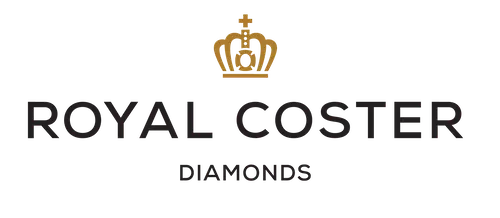-
Sieraden
-
Fashion Jewelry
-
Horloges
-
Tours & Workshops
Selecteer je taal
- NL
- EN
Kunt u niet vinden wat u zoekt?
We zijn hier om te helpen Neem contact op
Selecteer je taal
- NL
- EN
Uw winkelwagen
Uw winkelwagen is leeg
The Brilliant Cut Diamond
History of the brilliant cut
The history of the brilliant is actually exceptionally old. The first form, the prototype of the brilliant, is the double pyramid. This is also known as an octahedron. The upper section of the cut is flattened so the diamond as four facets on top and for at the bottom. Then someone had the idea to grind the sharp corners, giving the diamond a rounder shape overall. Once in a while, the brilliant was optimized a bit, but real development took a while. This was until the diamond cutter Tolkowsky laid the foundation for the modern brilliant in 1919. From there on, the brilliant has evolved into its current form and to the standard, we use today: the “Scandinavian standard Brilliant”.
 How is a brilliant diamond cut?
How is a brilliant diamond cut?
The production of a brilliant cut diamond goes as follows:
- 1. The rough diamond is cut into two parts, one large and one small one. In former times, this was done with a saw, but nowadays it is more often don with a laser.
- 2. Thereafter, the large diamond is placed in the cutting machine (a kind of turntable) and clamped between two pins. As the machine starts rotating, the diamond is rounded off by means of another diamond that is placed in a container. The diamond in the container presses against the big diamond to grind that one.
- 3. After this first grinding, the diamond has the form of a cone and is pressed into a collet. The collet is placed in the grinding rod and then the grinding process can begin for real.

Cutting the first facets on a brilliant diamond
The first facets are now about to be cut on the diamond. The diamond is held against a cast iron disc, which is greased with olive oil and diamond powder and rotates with about 3500 rpm. Slowly, eight facets are grinded on the upper and lower part of the diamond. Especially the first eight facets of a diamond are of great importance. They need to be at the right angles because these facets determine the brilliance and shimmering of the diamond. After the first eight facets, there are placed eight more on the sharp corners. When the sixteen facets are created, the pavilions (the lower facets) and the bezels (the upper facets) are grinded further into the diamond’s final form. This detailed diamond cutting is called brillianteering.
Detailed cutting of the brilliant diamond
The girdle is the part at which the diamond is the widest. This is the separation between the bottom and the top of the diamond. Against the girdle and the top, each facet is also provided with two facets. At the bottom of the diamond, each facet is provided with two extra facets. At the girdle and the table (the top of the diamond) eight stars are placed. The brilliant is now finished! In all, the brilliant diamonds contains 57 facets: 33 on top (including the table) and 24 facets below.

